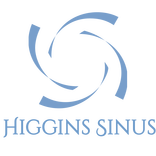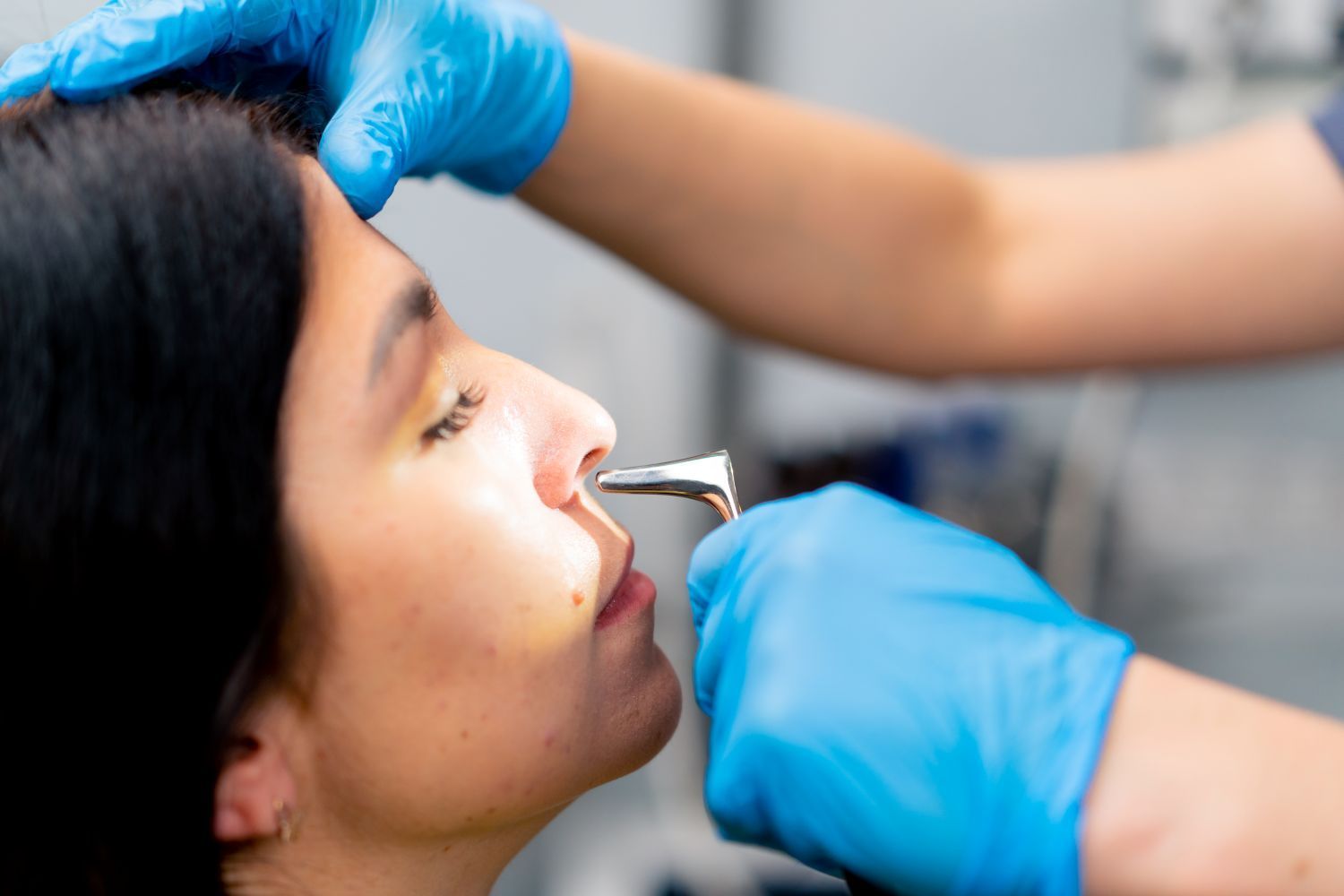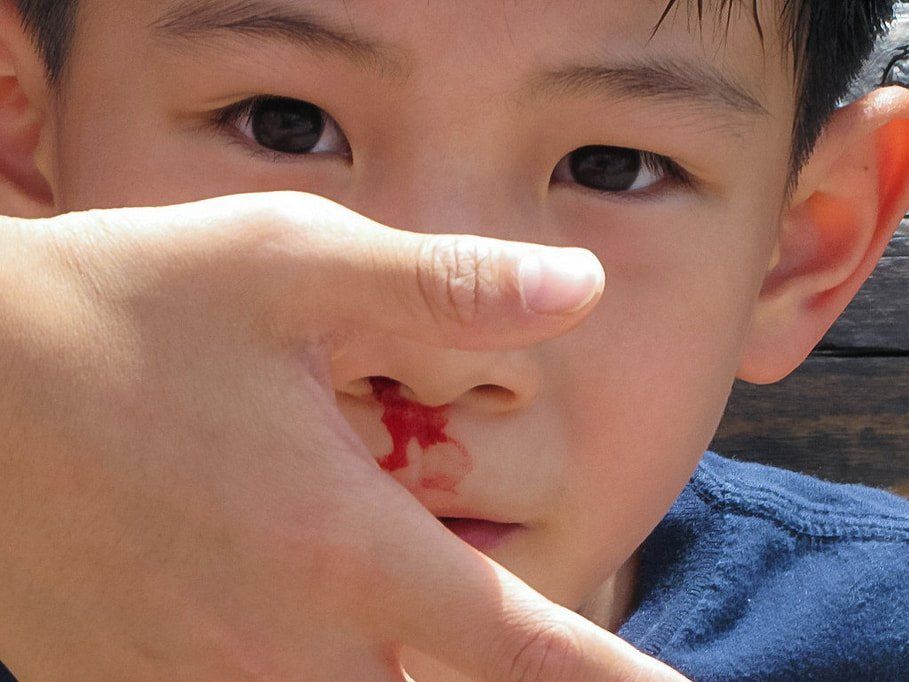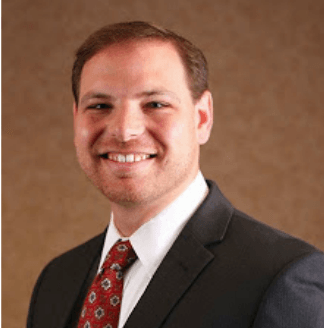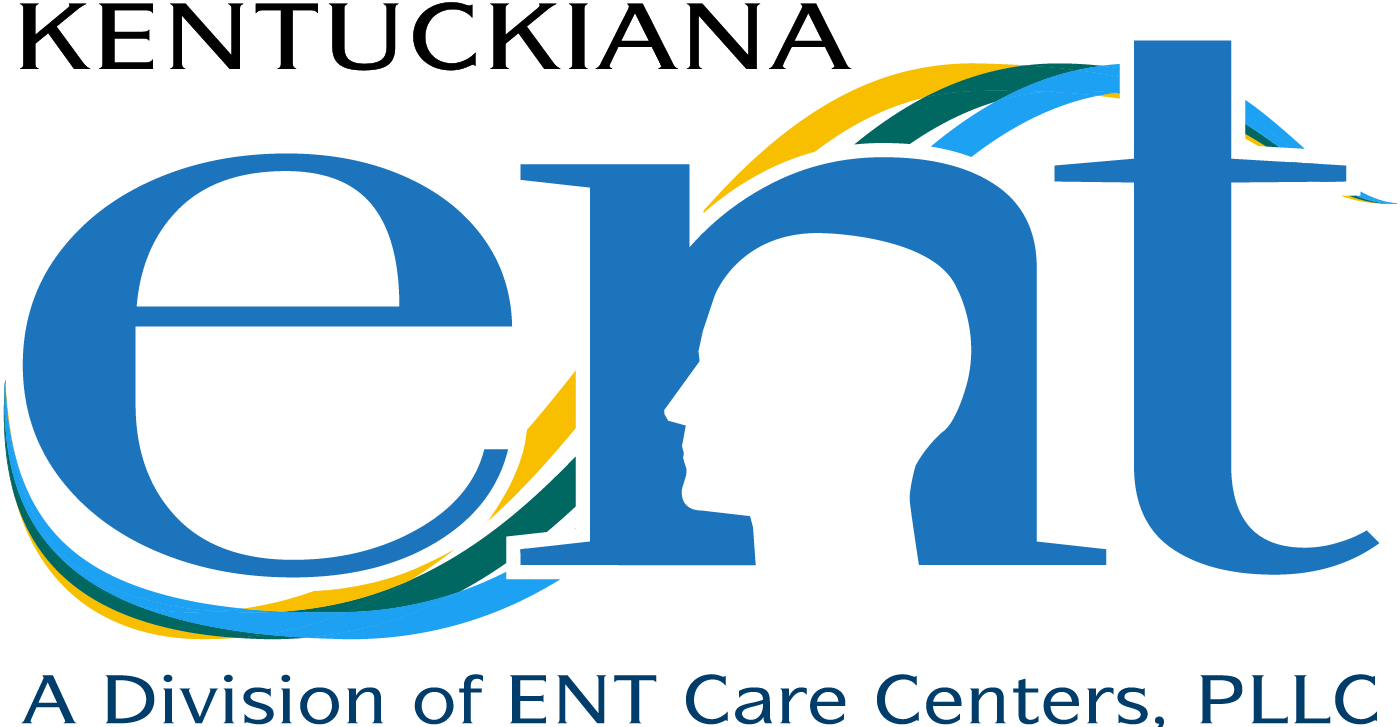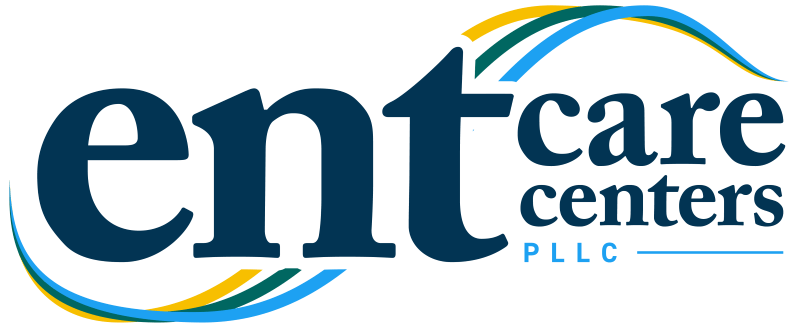Top 5 Innovations in Nose and Sinus Disease Treatment for 2019
The treatment of nose and sinus conditions has advanced markedly over the past few decades. Our understanding of the mechanisms involved in the body's inflammatory cascade has allowed development of new therapies. Advancements in functional endoscopic sinus surgery, image guidance, and balloon sinus ostial dilation have made surgical intervention much safer with far easier recovery than in the past when open procedures were standard and complications were more common. Here, I will summarize what I see as the innovations in nose and sinus treatment for 2019.
Innovations in nose and sinus treatment for 2019
1. Advancements in Nasal Polyposis Treatment
In the past, the treatment of nasal polyps was straightforward. The doctor would just look in the nose with a headlight and grab as many polyps as could be seen or until the patient could breathe again, then tamponade the bleeding. Researchers now recognize that different kinds of nasal polyps exist, and they are often associated with severe inflammation. A combination of surgery and medical therapies are often necessary. From topical therapies to medications specifically targeting the receptors of inflammation, many therapeutic options are now being studied and broadening the treatment algorithm.
2. Minimally-Invasive Procedures for Nasal Valve Stenosis
The nasal valve is a narrow part at the entrance of the nasal passageways. It can contribute to nasal obstruction when the nostril is either narrow (often a slit-like opening) or collapsing when sniffing. Nasal valve stenosis, as it is called, is the reason some athletes wear nasal strips as they temporarily stent open the nose. Surgical management using closed or open nasal valve repair or rhinoplasty techniques can be effective, but they often are associated with delicate soft tissue dissection, general anesthesia, and prolonged recovery with bruising. New techniques have been developed to address nasal valve stenosis in the office and quicker recovery.
3. Expanded Image Guidance Technology
Image guidance is like a GPS system surgeons can use to determine exact location (to a millimeter or so) in which their instruments are in the sinus cavities. This system helps surgeons thoroughly investigate the surgical site and avoid severe complications from injury of surrounding structures. Because the advances in computer science, image guidance systems are now getting important updates, including higher accuracy, mapping of the sinus pathways, warnings for encroachment on vital structures, and virtual endoscopy.
4. Cryotherapy for Chronic Rhinitis
Have you ever noticed all the grandpas and grandmas who have tissue paper with them to wipe the constant drip from their noses? This drip is a form of vasomotor rhinitis (a nerve-generated runny nose). A nasal spray may help, but it is not always effective and some may not like its drying effects. There is a surgical approach to cut the nerve responsible for this condition; however, the surgery can be challenging and cause severe dry eye. New technology permits freezing the nerve to deactivate it in the office. Research has shown effectiveness, although it is still too early to know exactly how long the symptom resolution lasts.
5. 4K HD Video Medical Monitors
This one shows how far healthcare lags behind the general market in digital technology. Homes all across the world have 4K Ultra HD televisions now. And we are excited about 4K Ultra HD monitors? Doctors are going to be bragging about having 4K monitors and going home to their 8K HD television sets! Anyway, these monitors do greatly enhance our visualization, so they are still a medical innovation worth mentioning.
These innovations are helping doctors treat nose and sinus conditions better than ever before. As our understanding of the complexity of these conditions expands, researchers continue to discover more effective and safer treatment options. It is an exciting time to be involved in the care and research of rhinologic problems.
Thomas S. Higgins, MD, MSPH
Dad. Husband. Physician. Sinus Nerd.
